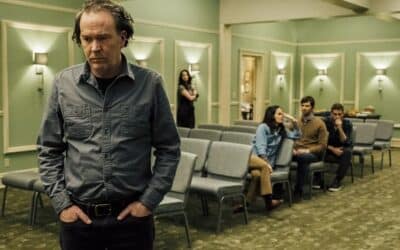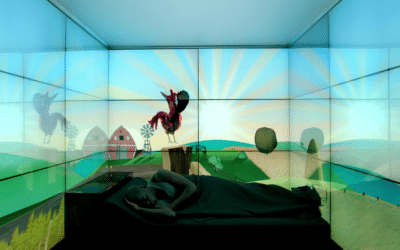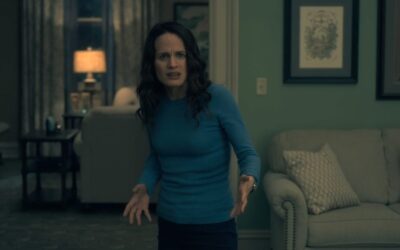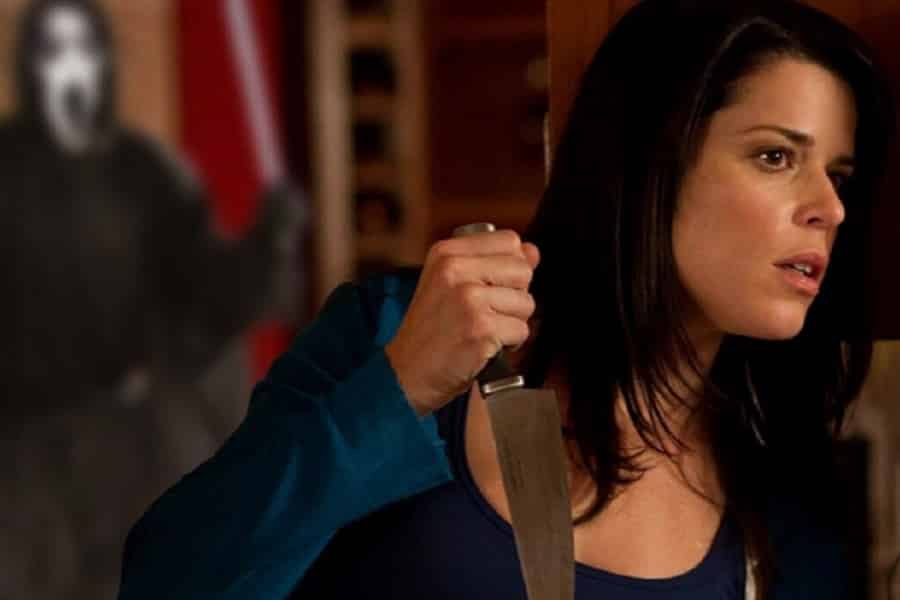
Feature
‘Final Girls’ in Slasher Horror
The Top 5 “final girls” in slasher horror who survived to the end
J.C. Bratton
“If they’d watch Prom Night, they’d save time! There’s a formula to it. A very simple formula!”
— Randy in Scream (1996)
As Wes Craven and Kevin Williamson taught us ever so brilliantly in the Scream franchise, there is a basic formula in slasher horror: the person who ends up outsmarting the killer at the end is the studious young woman who (typically) avoids the “sin factor” of “having sex, drinking, and using drugs.” There is a name for this brave heroine: the “Final Girl.” Carol J. Clover’s Men, Women, and Chainsaws: Gender in the Modern Horror Film is where the Final Girl was first coined. Nominated for the Bram Stoker Award for Best Non-Fiction in 1992, the book takes a look at slasher horror from a feminist angle: the audience learns to root for a strong female who overcomes obstacles and ultimately outsmarts the sadistic (typically, male) killer.
In early slasher horror, the Final Girl, though able to survive and “figure it all out,” still had to be rescued by a strong male counterpart, typically a police officer or some authority figure. A perfect example is Lila Crane, Marion Crane’s sister, in Psycho (1960). She learns that Norma Bates is really a corpse and is about to be attacked by Norman Bates when Sam Loomis, Marion’s boyfriend, helps to stop Norman, ultimately saving Lila’s life. Over time, however, The Final Girl has evolved to come into her own. For example, in the 1998 remake of Psycho, Lila’s character helps to take down Norman, which gives Lila less of a “damsel in distress” stigma.
Setting aside the social commentary, we cannot help but to be excited for our strong-willed Final Girl and nervously keep our fingers crossed that she can survive the night. That said, let’s take a deeper look at five of the best Final Girls in slasher horror, and why we love them so much.
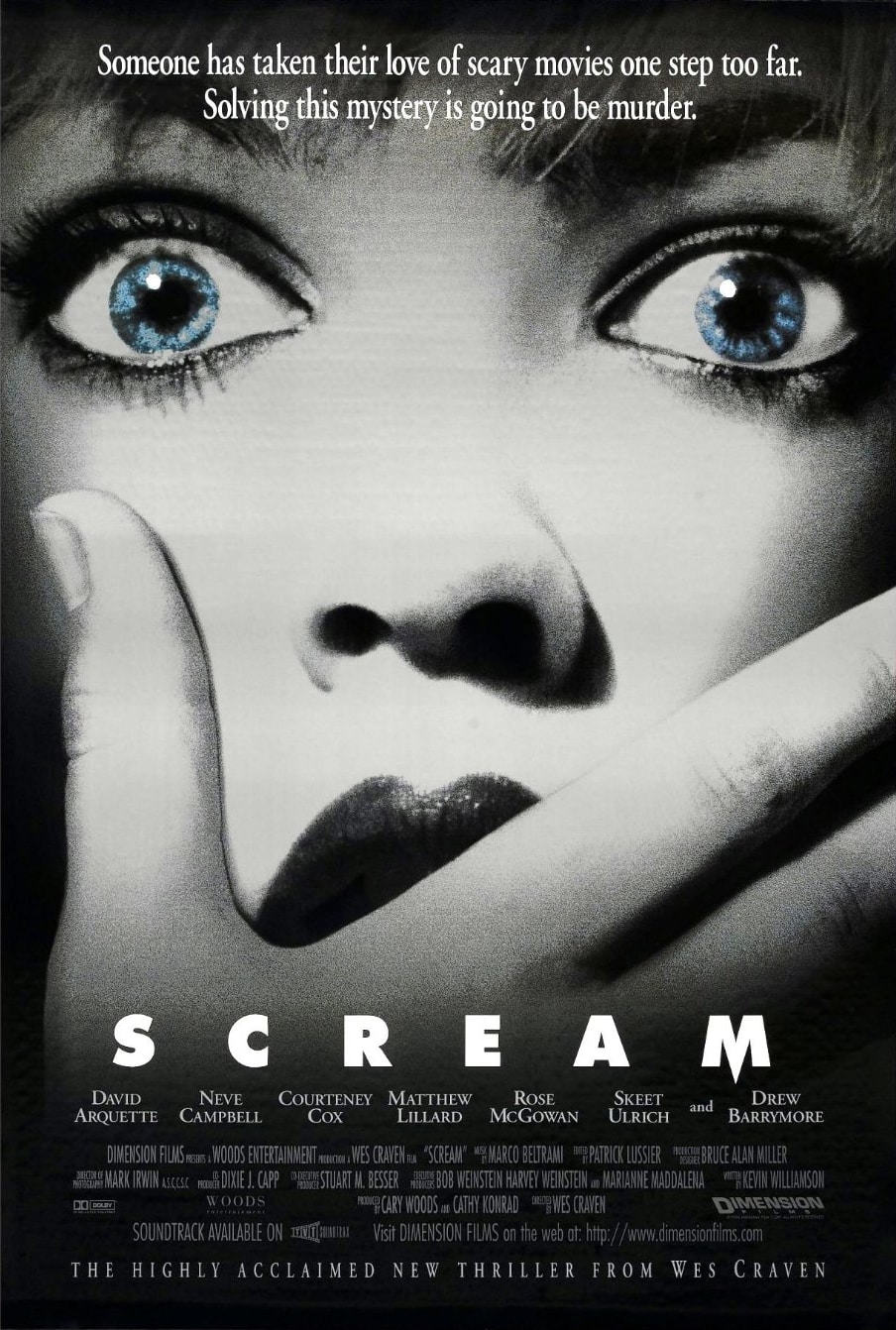
#5: Sindey Prescott in Scream
Ghostface: “Do you like scary movies?”
Sidney: “What’s the point? They’re all the same. Some stupid killer stalking some big-breasted girl who can’t act, who is always running up the stairs when she should be running out the front door. It’s insulting.”
Sidney fit the typical “nice girl” stereotype and wished her life was like a Meg Ryan rom-com. That said, it was clear she would be the Final Girl of the Scream franchise. However, what made Sidney even more interesting was that that she defied the “rules” of a slasher movie — if you recall, she ended up having sex with her boyfriend, Billy Loomis; yet, she still survived.
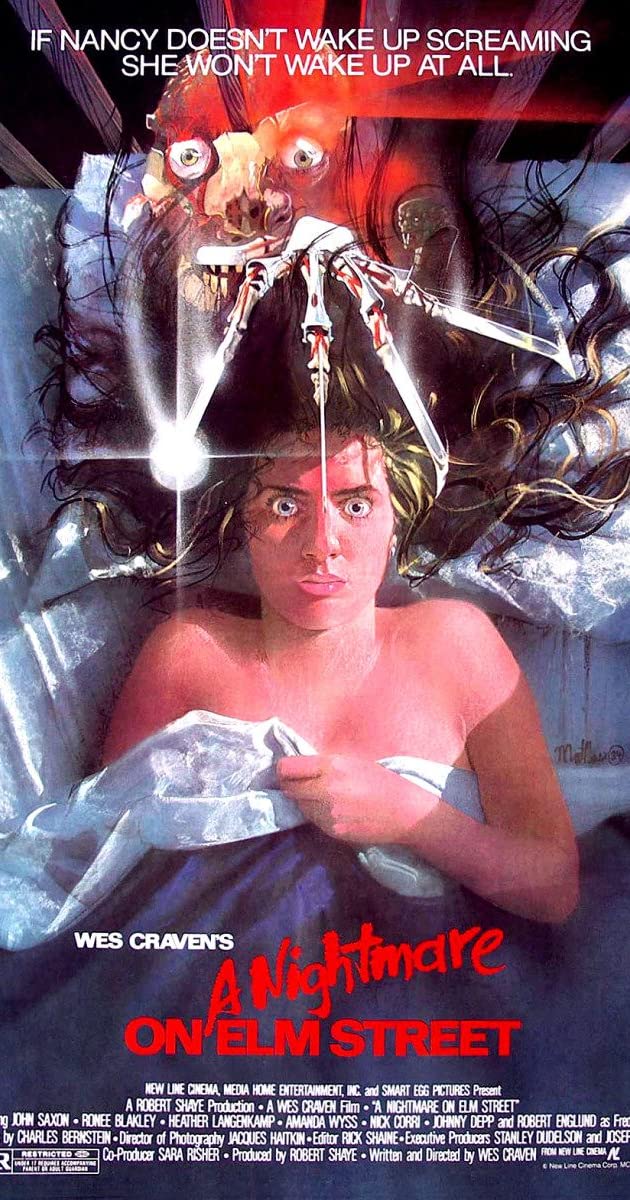
#4: Nancy Thompson in A Nightmare on Elm Street
Freddy Krueger: “I’m your boyfriend now, Nancy.”
Sweet, innocent Nancy Thompson had all the makings of the “good girl” stereotype that keeps one alive in a slasher film (We’re assuming she didn’t have sex with her boyfriend Glen, played by Johnny Depp in his horror debut.). But, she was so much more than the typical Final Girl. Coming from a home where her parents were divorced and her mom had an alcohol problem, Nancy was resilient and level-headed. She was determined to avenge her friends’ deaths and defeat the infamous child murderer, Freddy Krueger. Naturally smart, Nancy studied Freddy and ultimately became a dream researcher, encouraging youths on how they could defeat Freddy.
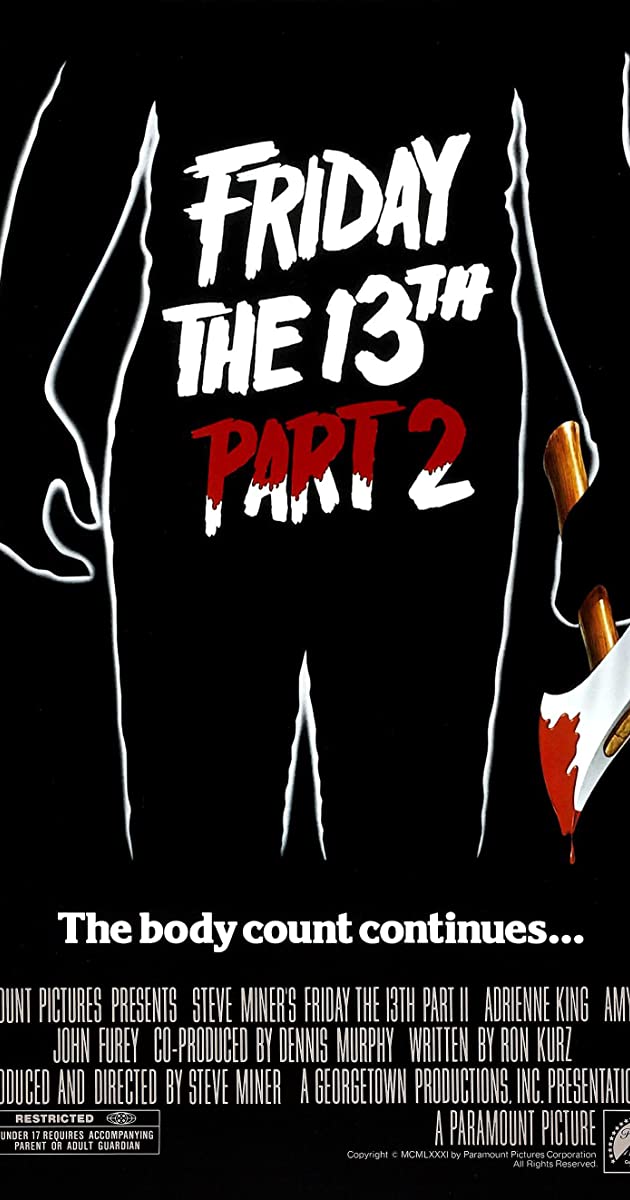
#3: Ginny Field in Friday the 13th Part II
Ginny [regarding the legend of Jason Voorhees]: “Let’s think beyond the legend, put it in real terms.”
Ginny Field is the first on-screen Final Girl to defeat Jason. As you may recall from Part 2, Jason did not have his hockey mask yet; he was very much fresh from seeing his mom (Pamela) get her head sliced off by Final Girl Alice Hardy in Part 1. What makes Ginny stand out was that she used her training in child psychology to really get into Jason’s head. She dressed in Pamela Voorhees’s sweater and fooled Jason into thinking Pamela was alive. Her brilliance helped her to escape.
Advertisement
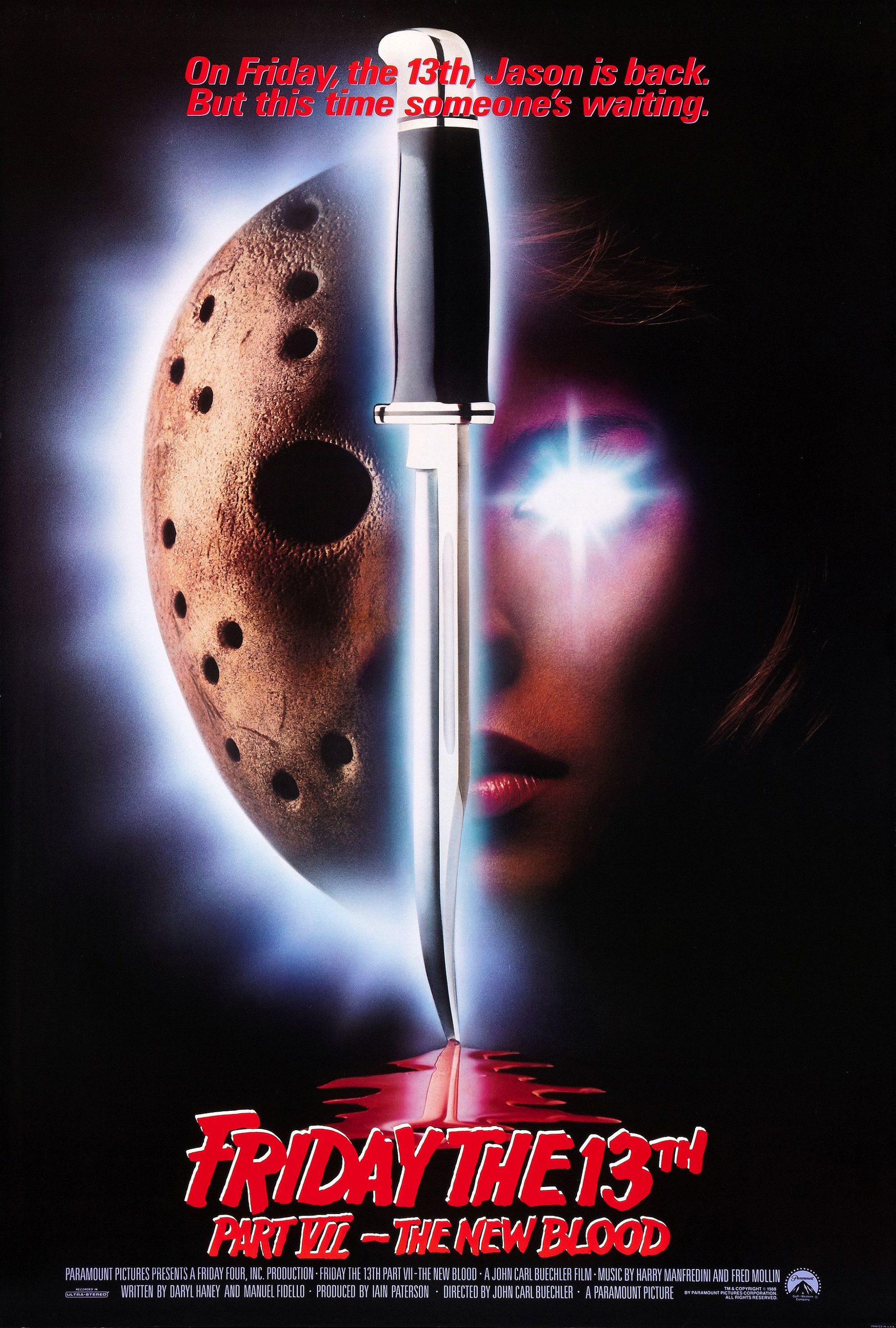
#2: Tina Shepard in Friday the 13th Part VII
Tina: “I saw my father get killed when I was just a kid. It really messed up my head a lot.”
Hardcore horror fans should all appreciate the cunning of Tina Shepard in the 7th installment of Friday the 13th. Tina accidentally drowned her father in Crystal Lake by using her special abilities of telekinesis. She comes back to Crystal Lake many years later with her mother and a psychiatrist (Dr. “Bad News Cruz”). Secretly, Tina tries to revive her dad from Crystal Lake only to bring back our hockey-masked friend instead. Jason has a field day killing off the many “sinful” young adults until he comes head to head with Tina. In fact, there is a point in the movie where Jason is so pissed (Tina telekinetically rips off Jason’s hockey mask) that it looked as if he was going to speak his first words! Didn’t quite happen; it was more of a grunt. But, definitely, Tina deserves a big nod for surviving “Camp Blood.”
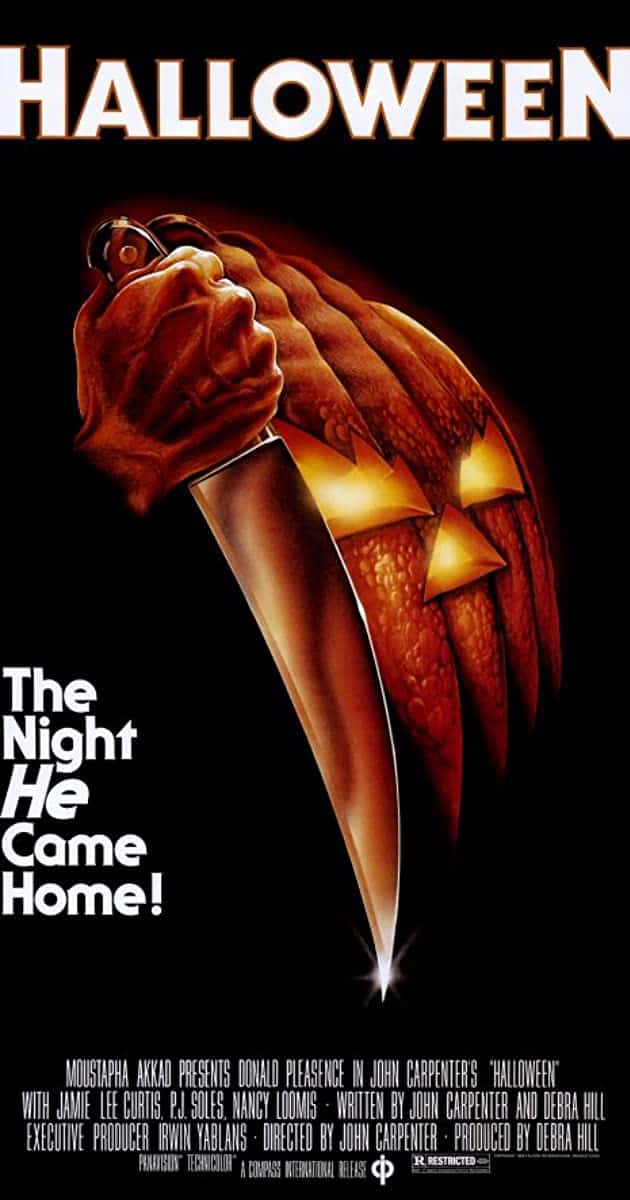
#1: Laurie Strode in Halloween
Laurie: “You don’t believe in the Boogeyman? Well, you should.”
I know, this sounds so typical, but hands-down Laurie Strode is the ultimate Final Girl. But here’s why — in a span of 40 years, Laurie’s character evolved from the “vulnerable” teenager to the “I’m going to kick Michael’s ass” mature woman. When we first met Laurie in 1978, she checked all the boxes of the Final Girl movie trope, but facing Michael Myers (the epitome of all evil) and living to tell about it shook Laurie to the core. She eventually comes into her own and becomes obsessed with not just stopping Michael but killing him for good. She didn’t need Dr. Loomis to help her anymore. It was all about being one step ahead of Michael and seeing her obsession all the way through to the end — the ultimate Final Girl material.
Although there has been criticism that slasher horror is rooted in misogyny, the evolution of the Final Girl is about bringing forward a strong, relatable protagonist that we can all ultimately root for, no matter the gender. Popular horror movies tend to appeal to men and women equally. Therefore, it’s critical that horror writers continue to consider female protagonists that are beyond just a pretty face that knows how to scream really well.
About the Author
JC Bratton is a young adult horror/thriller short story writer. In 2020 she released three short stories and one collection (Things That Go Bump in the Night) under her publishing company, Blue Milk Publishing. Her current short story, “Dollhouse,” peaked at #1 on Amazon’s 45-minute Teen & Young Adult Short Reads. JC’s stories pay homage to the Point Horror novels she would read as a kid, such as Slumber Party by Christopher Pike and Twisted by RL Stine. Some of her biggest influences are Alfred Hitchcock, Lois Duncan, Stephen King, and Richard Matheson. JC lives in the heart of Silicon Valley: San Jose, California.

More Horror Features
Horror Through the Ages
A Journey Through Time and Terror
Technology in Horror
When gadgets become nightmares
Female Characters in Horror
From Victims to Heroes
Advertisement

